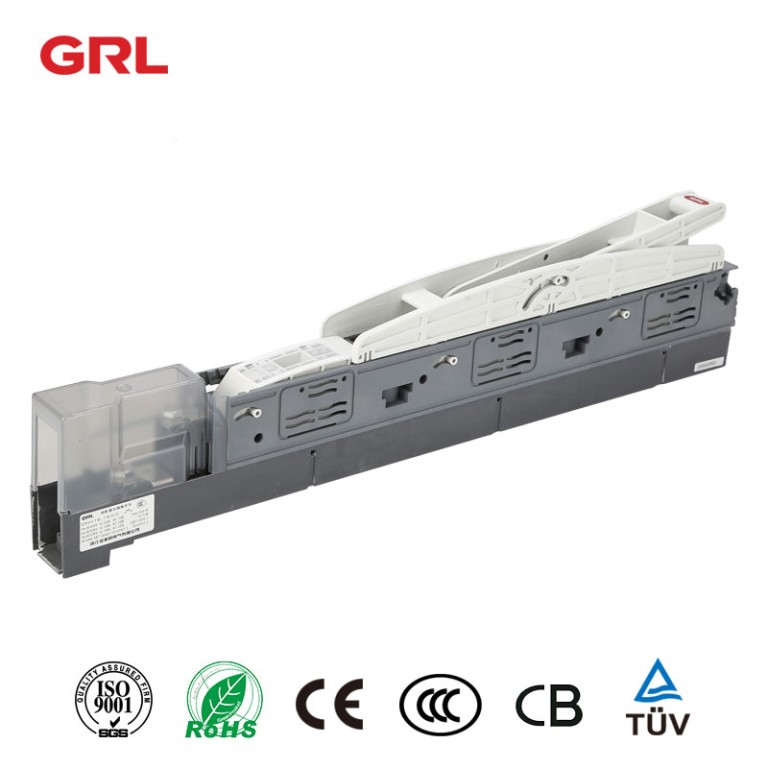
# Vertical Disconnectors in Power Distribution Systems
## Introduction to Vertical Disconnectors
Vertical disconnectors are crucial components in power distribution systems, designed to isolate electrical circuits for maintenance or safety purposes. These specialized switches operate in a vertical orientation, distinguishing them from their horizontal counterparts. Their unique design offers several advantages in specific applications within electrical networks.
## Key Features and Design Characteristics
Vertical disconnectors typically feature:
– Compact vertical arrangement for space-saving installations
– Robust insulation materials to withstand high voltages
– Mechanical interlocking mechanisms for safety
– Clear visual indication of open/closed status
– Corrosion-resistant construction for outdoor use
The vertical orientation allows for efficient use of space in substations and switchgear, particularly in areas with height restrictions or where horizontal space is limited.
## Applications in Power Distribution
These devices find extensive use in:
– High-voltage substations
– Industrial power distribution centers
– Renewable energy installations
– Railway electrification systems
– Urban power networks with space constraints
Their ability to provide reliable isolation makes them essential for maintenance operations and system reconfiguration without complete power shutdowns.
## Operational Advantages
Vertical disconnectors offer several operational benefits:
– Reduced footprint compared to horizontal designs
– Improved safety through gravity-assisted opening
– Enhanced visibility of contact separation
– Better performance in confined spaces
– Simplified maintenance access
The vertical movement of contacts provides a natural break action that helps extinguish arcs more effectively in some designs.
## Maintenance and Safety Considerations
Proper maintenance of vertical disconnectors includes:
– Regular inspection of contact surfaces
– Lubrication of moving parts
– Verification of mechanical operation
– Insulation resistance testing
– Thermal imaging for hot spot detection
Safety protocols require that these devices be operated only when the circuit is de-energized, unless specifically designed for load-breaking applications.
## Future Developments
Emerging trends in vertical disconnector technology include:
– Integration with smart grid monitoring systems
– Development of vacuum interrupter versions
– Improved materials for extreme environments
– Automated operation capabilities
– Enhanced arc-quenching designs
Keyword: Vertical disconnectors
These advancements aim to increase reliability, reduce maintenance requirements, and improve overall system performance in modern power distribution networks.